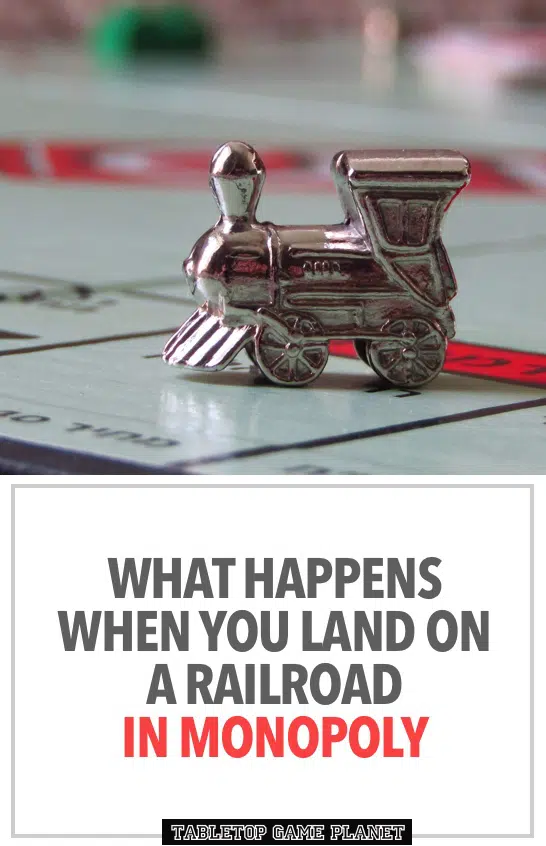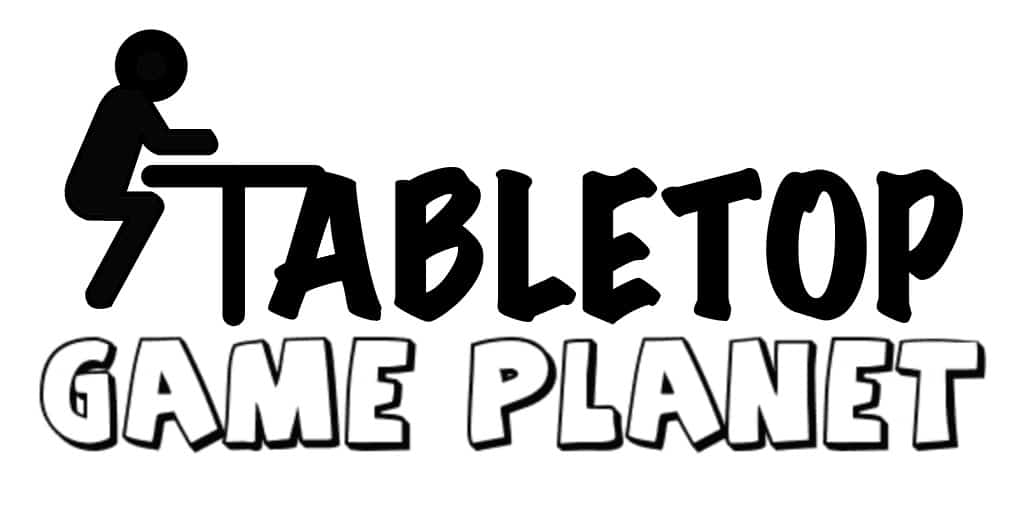Railroads are one of the property types in Monopoly. Though there is a unique set of Monopoly Railroad rules, the basics are the same as other properties in the game.
The action taken when a player lands on a property depends whether it is own, unowned or mortgaged. When players land on a property that no one owns, they buy it if they want to, and whenever a player lands on a property owned by another player,they have to pay rent before they can leave.
So, what happens when a player lands on a railroad in a monopoly? When a player lands on railroads, three things happen depending on whether the Railroad is owned or free. If the player lands on an owned Railroad, they must pay rent before leaving that particular space, however the rent paid is based on the number of railroads owned by that player.
When only one railroad is owned, the player has to pay a rent of $25, which is the least, and the player will have to pay the highest amount of $200 rent when the owner owns all the four railroads.
If a player lands on an owned railroad that the owner has mortgaged, they don’t pay rent. An unowned railroad can be purchased for the $200 price listed on the property card, or the property can be auctioned off to the highest bidder.
Railroads can be a valuable Monopoly property to hold onto, sell or trade with. Learn what happens when players land on Railroads in Monopoly by sifting through these answers to frequently asked questions about winning tips and strategies.
Is a Railroads a property in Monopoly?
Yes, there are 28 properties in the Monopoly game, of which the four Railroads include Reading, Pennsylvania, B&O, and Short Line. However, Railroads fall under the category of unimproved properties, which means players cannot buy houses or hotels on them.
Railroads are properties that can be involved in trading activities such as buying, selling, auctioning and trading.
The fact that Railroads are unimproved properties doesn’t prevent them from being mortgaged for the value indicated on the title deed. When a railroad becomes a mortgaged property, it can’t earn rent when opponent players land on it.
Railroads are also mortgaged to the bank for a value of $100 as indicated on the title deed. When that happens, they cease generating rent whenever players land on them.
To lift the mortgage, the owner must repay the mortgage amount with an additional 10% interest to retain their possession rights. If the owner sells the mortgaged Railroad, the property remains mortgaged until the new player pays off to acquire full possession.
What does the Railroad do in Monopoly?
Railroads form a steady supply of cash in Monopoly game, especially when you own more than one and have a chance for an opponent to land on your space an all sides of the board.
The amount of rent ranges from $25 to $200 depending on how many railroads a player owns. Players earn the maximum rental income when they own all the four railroads, and owning more than one multiplies the cost of rent.
Ultimately, when a player owns all the four railroads in Monopoly, they can have a safe space, and also have a potential rental space for opponents to land on for each side of the board.
You can play with the traveling trains rule, but that is a completely different game mechanic that is not part of the official rules.
Reading Railroad Monopoly
Reading, is one of the four Railroads that a player encounter in a typical Monopoly board. Situated between Oriental Avenue and the Income Tax, it’s pronounced as REDD-ing, which is derived from the Pennsylvania city where it’s originally based.
The property costs $200 and rents depend on the number of Railroads the landlord owns. It doubles for every additional railroad a player owns, and it ranges from $25 for one railroad owned to $200 when a player owns all the four railroads.
Can you travel on railroads in Monopoly?
According to the official Monopoly rules, you cannot travel on Railroads. However, there is an unofficial set of house rules that allows for players to move their token to another Railroad that they own.
If you own the property, it is a free space to land on, otherwise pay rent and move on.
With the “traveling Railroads” rule in place, the player does not pass Go and will not earn the $200. So although it is an easy way to zip around the board, it may not always be practical unless you are trying to avoid a fully developed section of the board.
Whenever a player lands on another player’s Railroad, they can decide whether to move their token to another Railroad they own. However, they have to pay rent on that property before they leave.
A player is not allowed to travel on any railroad that is unowned. Therefore, they have to buy it before they can travel to it. The owner of the railroad which the player landed cannot prevent that player from traveling as long as the player has paid the rent.
A player should travel across the board without “passing go” using the short line railroads because if that happens, the player will not earn the $200.
Rent for Railroads in Monopoly
Players pay rent when they land on Railroad in Monopoly, however rent is determined by the number of Railroads owned by the landlord. Rent is $25 when the owner only has one Railroad, and doubles to $50 for two, $100 for three and $200 when the player owns all four Railroads.
The amount of rent generated by a single railroad depends on the number of railroads a player owns in Monopoly:
- $25 rent for one Railroad
- $50 rent for two Railroads
- $100 rent for three Railroads
- $200 rent for four Railroads
Therent is paid only toowned railroads, but the opponent will only pay rent on a railroad that has not been mortgaged.

Landing on Railroad in Monopoly: Conclusion
Railroads are a lucrative asset in Monopoly because they are a potential income source on each side of the board as well as a safe place for the owner to land on. A winning strategy can be to acquire all four railroads to accumulate the maximum rent collected.
A cost of a single unowned railroad is $200, but the price can go higher if the player decides not to buy it and the bank auctions it to others.
Rent is multiplied when the owner possesses more than one Railroad. The cost of rent starts at $25 for one, and doubles to $50 for two, $100 for three and $200 for owning all four Railroads.
The owner of a railroad cannot prevent another player who landed on it from leaving once the player pays off the rent. They cease generating rent when the property is mortgaged to the bank. Amount of Rent doubles in every increase of a railroad a player owns.
Player can travel to a Railroad that they own if the traveling Railroads rule is implemented, but that is a customized house rule that is not in the official rulebook.
Now all the rules for what happens when a player lands on a Railroad should be clear. When the luck rolls your direction, Railroads can be a valuable asset to have in your property portfolio.
